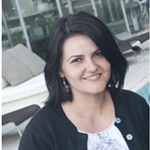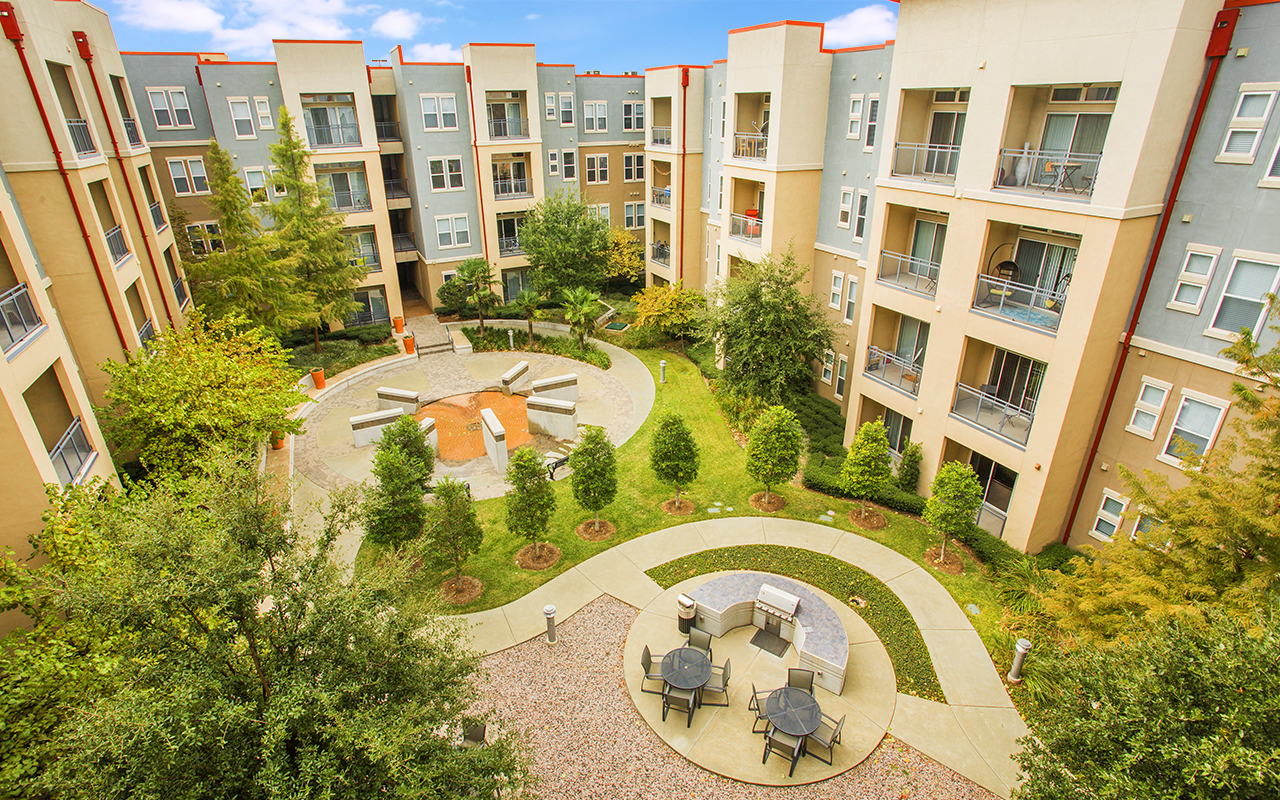Green Renting: Apartment Communities Promote Healthier Living
More and more people understand the benefits of green living and integrate sustainable practices into their daily lives. From driving hybrid cars to reupholstering or repurposing furniture, shopping locally and carpooling, there are a lot of ways in which we can all contribute to saving the environment. While each individual action counts and can lead…
More and more people understand the benefits of green living and integrate sustainable practices into their daily lives. From driving hybrid cars to reupholstering or repurposing furniture, shopping locally and carpooling, there are a lot of ways in which we can all contribute to saving the environment. While each individual action counts and can lead to a better quality of life, the impact of large-scale projects and initiatives is unparalleled.
The global green building market rose in 2013 to $260 billion — including an estimated 20 percent of all new U.S. commercial real estate construction — and all signs point to further growth. According to a USGBC story, commercial building owners and managers are expected to invest an estimated $960 billion globally between now and 2023 on greening their already built infrastructure. Priority areas include:
- more energy-efficient heating
- ventilation and air conditioning
- windows and lighting
- plumbing fixtures, and other key technologies
Rental Communities Go Green
The green building movement has advanced a great deal in the multi-family sector as well, with the market rising steadily from $18 billion in 2009 to $48 billion in 2013. In an effort to promote healthy urbanism and create livable environments, visionary developers and property owners have taken green principles one step further: they started delivering sustainable rental communities that prioritize such attributes as environmental responsibility, conservation of natural resources, walkability, energy-efficiency, social interaction, and active living.
Aside from the environmental benefits, “green” has become a powerful word in resident retention and can turn the tables in the landlord’s favor when renewal time comes. A Harris Interactive poll of over 2,000 Americans found that nearly half (49%) consider eco-friendly features more important than luxury items in a home (31%).
Today’s renters — whether tech-savvy Millennials or eco-minded Baby Boomers — favor communities that boast green attributes and are willing to pay more for green homes. In addition to helping apartment dwellers be good stewards of the environment, green improvements translate into water and energy savings (read: lower utility bills), as well as improved indoor air quality and an enhanced living environment.
Location, Location, Location
A building’s location and surroundings play a key role in its environmental impact. Careful site selection – including redevelopment or adaptive use of old buildings and sites, as well as brownfield reclaiming and infill development – is crucial when looking to minimize the impact of a building on the surrounding environment.
SkyHouse Midtown, a 23-story, 320-unit high-rise apartment community in Midtown Atlanta, Ga., was built on a former brownfield. Excavation, removal, and proper disposal of 525 tons of soil brought the property into compliance with Georgia EPD’s residential standards and cleared the way for development, according to EPA. Developed by a joint venture of Novare Group and Batson-Cook Development Co., the $60 million, in-town project features stylish units with premium finishes.
The development partnership is working on a series of multifamily projects under the SkyHouse brand in several metros around the country — including Dallas, Houston and Austin — all targeted at the same demographic: young, mobile, urban professionals who desire convenient, transit-linked and efficient residences.
Livable, Mixed-Use Communities Gain Ground
Many of the new sustainable apartment communities are situated in close proximity to restaurants, retail and entertainment destinations, as well as parks or cultural attractions, which means less time and money spent on driving or running errands.
Wood Partners — a national real estate company that acquires, develops, constructs and manages high-density and mixed-use communities — strives to get at the forefront of green development. In 2009, the company committed that all of its new multi-family developments would meet federal ENERGY STAR standards or the energy efficiency standards of the Leadership in Energy and Environmental Design (LEED) program from the USGBC whenever possible. Many of its communities incorporate such initiatives as construction waste recycling and transit orientation to reduce their environmental impact.
A fine example of green urban living is Alta Design District, an amenity-rich community in the heart of the Dallas Design District. It is located within walking distance of the American Airlines Center, TRE / DART station, Katy Trail as well as the many art and shopping venues in Lower Oak Lawn and the Dallas Design District. The apartment homes come with granite countertops, stainless appliances, kitchen islands and green features.
Among other notable projects, Wood Partners has joined forces with Chicago-based Fifield Cos. to develop K2, the fifth and final apartment building at the K Station master-planned community in Chicago. Located in the increasingly hot West Loop submarket, the 34-floor, 496-unit apartment community was built to LEED Silver standards and includes such amenities as a bike storage room, bike kitchen and GE charging stations for electric vehicles.
The Class A apartment community sold last year to Georgetown Co. in a $214.3 million deal. The sale represented the highest price paid for a multifamily building in the Chicago area in two years, following the sale of the 848-unit Alta at K Station — another remarkable Fifield project — to Morguard Corp. for $302 million. Alta at K Station was the first rental apartment in the U.S. to receive LEED Gold certification.
Combining Green and Affordable Living
The U.S. apartment market has seen tremendous growth in recent years, with rising rents and low vacancy levels in most metros around the country. In an effort to respond to the growing need for affordable rental housing, nonprofit BRIDGE Housing and its partners developed Celadon at 9th & Broadway, a 250-unit affordable apartment community in San Diego.
Designed to achieve LEED Silver certification, Celadon features highly efficient mechanical systems, a non-smoking living environment and an eco-roof with drought-tolerant plantings. The143-foot-tall solar photovoltaic system, designed as a vertical façade on the south side of the building, is the tallest electric solar system of its kind in the country.
The 17-story high-rise features a mix of studios and one-bedroom apartments available for residents with annual incomes as high as $37,920 for a two-person household. Monthly rents range from approximately $533 to $879, depending on factors such as income, household and apartment size.
Amalia Otet is an online content developer and creative writer for RENTCafé apartments.









You must be logged in to post a comment.